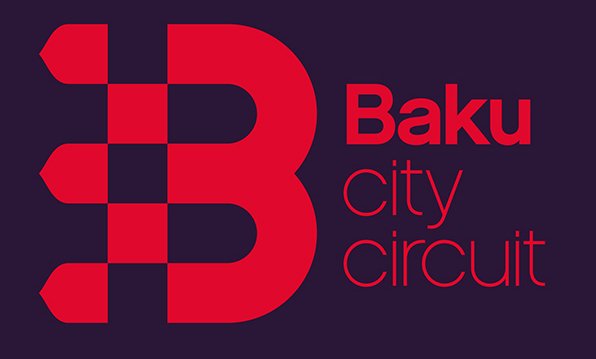-
Address:Gazakh, AZ3520
The living area "Babadervish" is located on the west from Mingechevir, on South West of Gazakh town, on left shore of the Aghstafa River. This ancient living area was constructed on one of the existing hills which locate in the place of connecting the Aghstafa River valley and a mountain chain. During the archeological digs on a 600 sq.ms territory of this living area there were cultural layers found with half-digged houses that belong to Eneolith layer. The thickness of the next Kur-Araz layer is 50-60 cms. This layer is contained of ash layers, air-brick pieces, remains of plastered hollow, river stones and other farm-culture remainders. There were 25 hollows found in the layer that were used for the economy purpose. The walls of the some hollows have been plastered and strengthened with air-brick pieces. Clay plate pieces, home things, animal bones and burnt grain have been found out of the farm hollows. The majority of the hollows are in the form of expanding down wells. The diameter of the biggest one is 1, 15 ms on the top and 2, 5 ms on the bottom. Without doubt, these hollows have been intended for keeping grain stock. Registering such a big well for the grain reserves in a small territory with not many living buildings shows that this part of the monument was used as a general storehouse. In the living place there were also hollows and fireplaces filled with household waste products. The fireplaces have been made in a cylinder-circle form; because of the fire the walls were reddened and burnt. In one of them a figure of a bull, animal bones, decorated clay plates have been found. Probably, this fireplace has been used for execution of some ceremonies. Close to the living place there were three oval hollows, located next to each other. When these were cleaned, it made known that they were lower parts of foundry stoves. Slag remainders, a tool tip, forms for the pouring metal sticks have been found around these installations. In the central part of the excavation was found a stone column decorated with a pear of spiral. It is possible that this column together with the ritual fireplace formed a unique pilgrimage complex. There are many constructions’ remainders, broken air-brick pieces, plaster pieces, river stone etc. registered in the living place; these show a round shaped, ground-based constructions that were existing here. The mounting of two fireplaces found among construction remainders is especially interesting. These mountings have protuberances in the inside and hemisphere form handles. Ceramic products found in the living place are different. Some of their groups have been in archaic form, have been roughly prepared. But the other group included black polished, decorated dishes. Probably, living has been in the monument during all stages of the Kur-Araz culture. Because of the small cultural layer, we could say that it was used as a seasonal living place. In the living place figures of men and animals, stone hammers, axes, grain stones, pestles, bunches, hoe pieces, knife form plates, arrow-heads, mace heads, hangs, bone awls, needles, fish hook, cutting and polishing tools have been found. Considerable production garbage in the layer, especially stone outlays testify of local production of tools.



.png?v=DqKtbngFu8-eBM77oNP77E2SV2gNF4_tUk0Y9IcK12s)

















